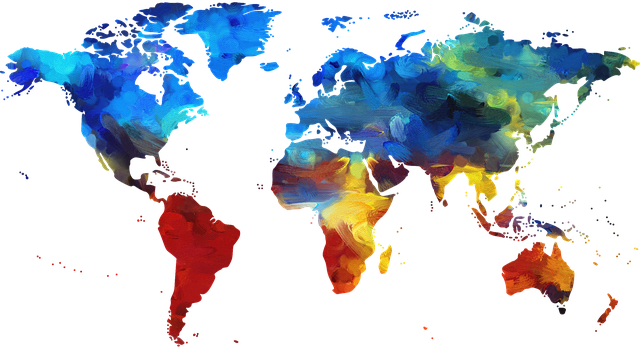When Senator JD Vance became Donald J. Trump’s running mate this week on the Republican presidential ticket, it also marked the first time that an Indian American and practicing Hindu, Usha Vance, stood to become a vice-presidential spouse.
That cemented a remarkable reality: at the current moment, a woman of Indian descent will either serve another term in the White House or be the second lady.
It was the latest milestone for an Indian American community that has emerged as a political powerhouse over the past decade. Kamala Harris in 2021 became the first person of Indian descent, as well as the first woman and Black person, to be vice president. The 2024 presidential cycle is the first one to have featured two Indian American candidates in Nikki Haley and Vivek Ramaswamy.
And there are now five Indian American members of Congress and nearly 40 Indian Americans in state legislatures — the highest number of any Asian origin group in the country, according to AAPI Data, an organization that collects data about Asian Americans.
It comes alongside another first for Indian Americans: They recently surpassed Chinese Americans to become the largest Asian group in the United States among people who identify with one country of origin, according to a census report released last year. In 2020, nearly 4.4 million people identified as solely Indian. (Chinese people are still the largest group when counting those who identify with multiple countries of origin.)
Most Indians came to the United States after 1965, when a new immigration law removed restrictions that had excluded Asians, Africans and others from the country. The Indian population in the United States has spiked in recent decades, in particular, as American companies in the booming technology sector have sought to hire large numbers of software engineers and computer programmers, drawing some of India’s most-educated workers.
Thank you for your patience while we verify access. If you are in Reader mode please exit and log into your Times account, or subscribe for all of The Times.
Thank you for your patience while we verify access.
Already a subscriber? Log in.
Want all of The Times? Subscribe.

